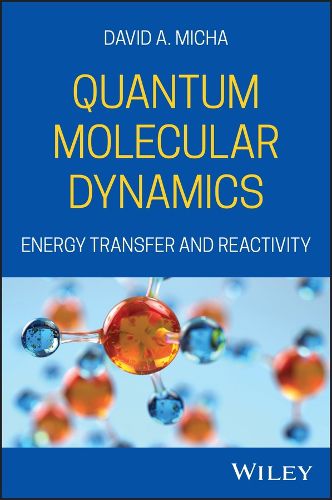Readings Newsletter
Become a Readings Member to make your shopping experience even easier.
Sign in or sign up for free!
You’re not far away from qualifying for FREE standard shipping within Australia
You’ve qualified for FREE standard shipping within Australia
The cart is loading…






Molecular Collisions and Gaseous Kinetics covers elastic collisions, inelastic collisions leading to energy transfer and electronic transitions, reactive collisions, and photoinduced dynamics. Collisions with surfaces, thermal rates of those phenomena, as well as transport and relaxation phenomena mediated by molecular collisions are also discussed. A final chapter on many-atom scattering theory serves as an introduction to more advanced descriptions. The treatment is based on the quantal theory of scattering and its semiclassical limits, introduces realistic intermolecular forces, and includes computational aspects needed to calculate cross-sections and compare them with experimental data. It is motivated by a need to cover these subjects starting from the electronic structure and atomic conformation of molecules. The chapters provide an introduction to experimental methods where appropriate, and connect theory to applications for specific physical systems to obtain results that can be compared to experimental data.
$9.00 standard shipping within Australia
FREE standard shipping within Australia for orders over $100.00
Express & International shipping calculated at checkout
Molecular Collisions and Gaseous Kinetics covers elastic collisions, inelastic collisions leading to energy transfer and electronic transitions, reactive collisions, and photoinduced dynamics. Collisions with surfaces, thermal rates of those phenomena, as well as transport and relaxation phenomena mediated by molecular collisions are also discussed. A final chapter on many-atom scattering theory serves as an introduction to more advanced descriptions. The treatment is based on the quantal theory of scattering and its semiclassical limits, introduces realistic intermolecular forces, and includes computational aspects needed to calculate cross-sections and compare them with experimental data. It is motivated by a need to cover these subjects starting from the electronic structure and atomic conformation of molecules. The chapters provide an introduction to experimental methods where appropriate, and connect theory to applications for specific physical systems to obtain results that can be compared to experimental data.